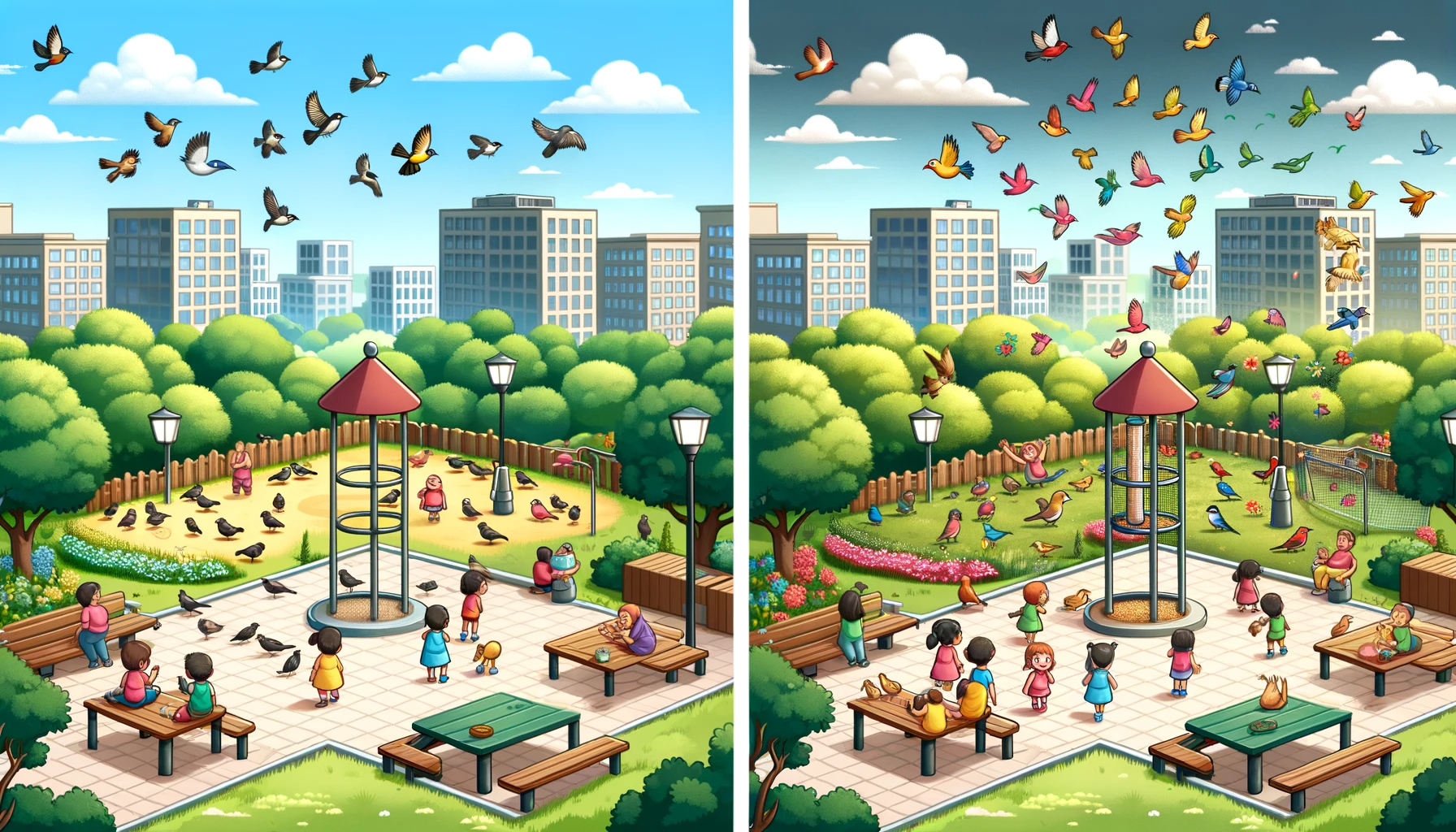Have you ever wondered how experts determine the impact of an event or a new policy on society? Whether it’s introducing a new traffic law or a community health initiative, researchers have a toolkit for unraveling the effects of such interventions. One such tool is the “interrupted time series design.” This powerful research method helps us see the before and after, much like a before-and-after photo of a neighborhood undergoing a facelift.
What is an Interrupted Time Series Design?
Imagine taking a daily walk in your local park and counting the number of birds you see. You record your sightings over several weeks. Then, one day, the park introduced a new bird feeder. Naturally, you’re curious if this changes the number of birds. So, you continue counting. This scenario is the essence of an interrupted time series design—studying patterns before and after a specific “interruption.”
In the scientific community, this method involves collecting data over a period, noting a specific intervention, and then continuing to collect data to observe changes. This design is especially important in community-based research because it helps evaluate the effectiveness of policy changes, health programs, or any community interventions without the need for complex and expensive randomized controlled trials.
The Relevance in Community-Based Research
Community-based research often deals with real-world issues where controlled experiments can be impractical or unethical. For example, suppose a city introduces free public Wi-Fi to improve community engagement. In that case, it isn’t feasible to create an exact copy of the city without Wi-Fi for a direct comparison.
That’s where interrupted time series comes in. By looking at community engagement levels before and after the Wi-Fi rollout, researchers can determine the initiative’s effectiveness. This design can account for trends, seasonal effects, and other variables, making it a robust method for public health studies, educational program evaluations, and environmental policy assessments.
Why it Matters
Interrupted time series designs are not just about numbers; they’re about stories. These studies can demonstrate how a new drug prescription policy may reduce abuse, how a road safety campaign might save lives, or how a smoking cessation program affects the community’s health over time.
By identifying whether the interventions are working, community leaders can make informed decisions about continuing, modifying, or ending them. This research design empowers communities to use evidence-based approaches to improve their initiatives, ensuring resources are used effectively to enhance public well-being.
Interrupted time series designs are like time-traveling detectives in the world of research. They allow us to look back in time, understand the present, and make predictions for the future. They’re essential for continuous improvement in our communities and ensuring that changes lead to real, positive outcomes.
Wrapping Up
Interrupted time series design is a crucial tool in community research. It’s like a GPS for navigating the effects of policy changes or community projects. By understanding this method, we appreciate the careful analysis behind the decisions that shape our daily lives and our future.

